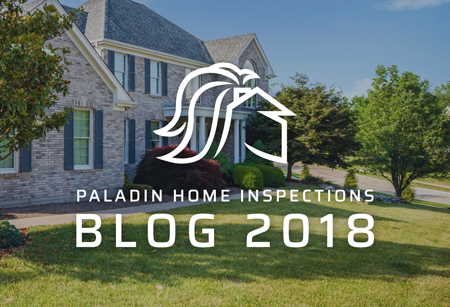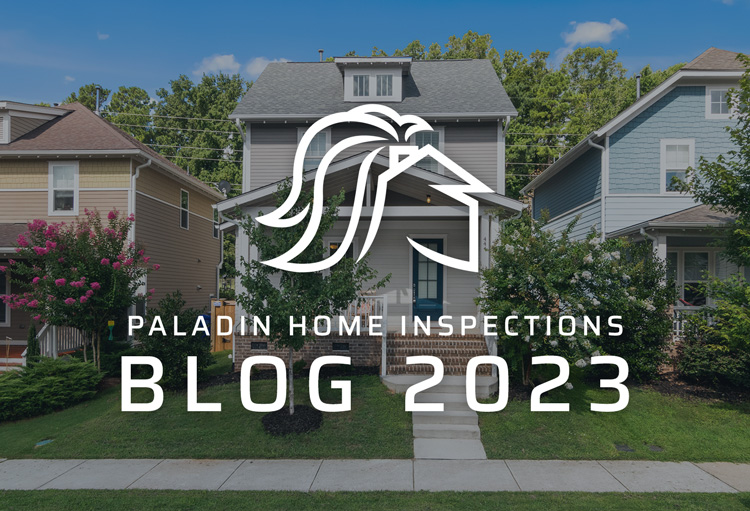Aluminum branch wiring; the house hasn’t burned down yet, so we’re good, right?
Um, I think the operative word there is “yet“.
There are a bunch of reasons why aluminum branch wiring is a concern to home inspectors. But first, a bit of history;
In 1960, the price of copper went way up. The post-war housing boom was still in full force, so builders were keen to save costs, so looked to aluminum as a replacement for copper. Between 1965 and 1972, approximately 55 million houses were wired with aluminum branch wiring. Okay, why do I keep using the word “branch”? because the overhead wires to the house are probably fine, even though they are likely aluminum. I have to be accurate, at least to a degree. This article talks about the 15 amp and 20 amp wires that feed the outlets and light switches, AKA branch out from the main circuit.
Anyway. Aluminum (AL) is a poor choice for wiring, for several reasons;
- It has higher resistance, meaning higher temperatures under load.
- It vibrates when transferring electricity, causing loose connections.
- It expands and contracts when heated/cooled. Again with the loose connections.
- It oxidizes, creating aluminumoxide, which is a poor conductor.
- It is malleable, meaning a screw holding it in place may not be tight for very long.
- It overheats when under load and in contact with copper. This last one is the big one. It’s where most of the house fires start; at the outlet or light fixture.
By one estimate, a house with aluminum wiring was 10 times more likely to have and electrical fire than one wired with copper!
What can be done?
An electrician can access the wiring and offer some choices. The obvious one is to replace all the wiring with copper. That’s not a cheap choice; anywhere from $9,000 to $19,000 for one house, depending on things like age of the house and it’s size.
Because the main danger of AL wiring is it’s connection issues with copper (CO), a common solution is to make the connection itself safe, using “pig-tail” connections, where a special connector hold the wires together, and a piece of copper wire is used at the outlet. Some connectors are pricey, because they require special tools. There is a relatively new connector that showed promise, but hasn’t stood the test of time. It’s a purple plastic nut with special flux in it. Turns out the flux is flammable.
So, before you buy a house, have it inspected. If there is AL wiring, talk to your insurance agent and an electrician.
For even more information than this, there is a government publication that you can look at by clicking Here.



